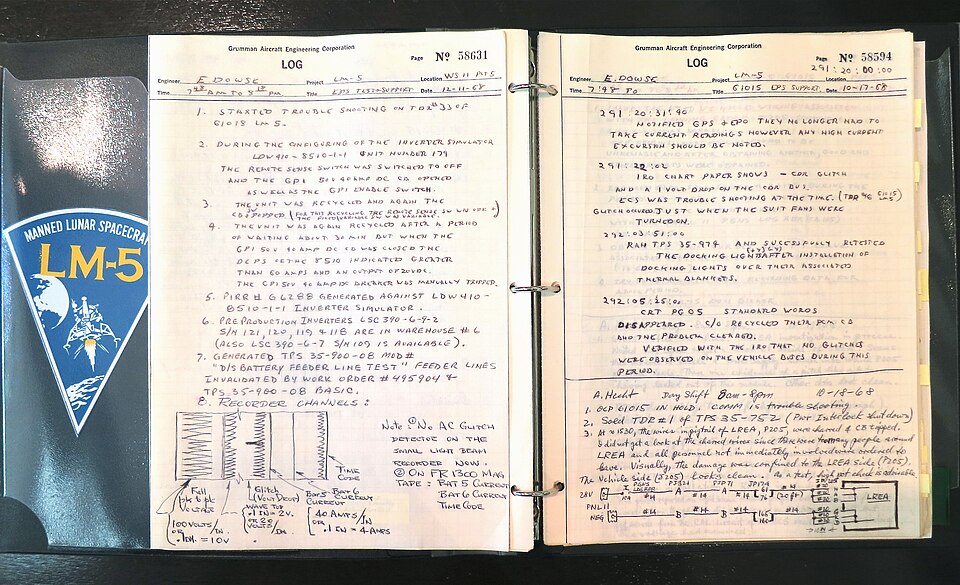Chinese Team Innovates Lunar Brick-Making Machine for Moon Construction

In a groundbreaking development in space exploration technology, a research team in China has successfully created a lunar brick-making machine capable of producing bricks from in-situ lunar soil. This innovative technology, reported by the Science and Technology Daily on July 29, 2025, is a significant step towards realizing the long-held ambition of constructing habitats on the moon using local materials.
The machine, developed by the Deep Space Exploration Laboratory (DSEL) in Hefei, Anhui province, employs a sophisticated 3D printing system that utilizes concentrated solar energy to melt and mold lunar soil. According to Yang Honglun, a senior engineer at DSEL, the machine leverages a parabolic reflector to concentrate solar energy, which is transmitted through a fiber optic bundle. This method can increase the solar concentration ratio to over 3,000 times normal intensity, allowing the temperature to reach beyond 1,300 degrees Celsius, sufficient for melting lunar soil.
The bricks produced are composed solely of lunar soil, eliminating the need for additional materials, and exhibit high strength and density, making them suitable for various construction needs, including building platforms and road surfaces. Yang stated that the development process, which spanned approximately two years, necessitated overcoming numerous technical challenges, particularly concerning energy transmission and the adaptation of the machine to diverse lunar soil compositions.
"To ensure versatility, we created multiple simulated lunar soil samples to conduct extensive testing on the machine before finalizing its design," Yang explained. Despite the advancements, he cautioned that constructing habitable structures on the moon presents additional technological hurdles. The extreme lunar environment, characterized by low gravity and high vacuum conditions, requires that lunar soil bricks be integrated with rigid structural and inflatable soft-shell modules to form viable habitats.
The International Lunar Research Station (ILRS), a collaborative effort involving 17 countries and numerous international research institutions, aims to establish a scientific facility on the moon. This project is set to unfold in two phases, with a basic model planned for completion by 2035 at the lunar south pole and an extended model anticipated in the 2040s.
Additionally, Chinese scientists have successfully created simulated lunar soil bricks and sent them to the Chinese space station via the Tianzhou 8 cargo spacecraft launched in November 2024. Astronauts aboard the space station are currently conducting space exposure experiments on these bricks to evaluate their mechanical properties, thermal performance, and radiation resistance. These experiments will provide critical data necessary for future lunar construction efforts.
The implications of the lunar brick-making machine extend beyond mere construction; they signify a shift in how humanity might approach building sustainable infrastructures in extraterrestrial environments. As research progresses, the integration of such technologies will be vital for establishing a human presence on the moon, potentially paving the way for further exploration of Mars and beyond.
In conclusion, while the lunar brick-making machine represents a significant technological advancement, the journey towards creating habitable lunar environments will continue to require extensive research and innovation. The prospect of building on the moon, once a dream confined to science fiction, is now gradually becoming a tangible reality, marking a new frontier in human exploration and settlement beyond Earth.
Advertisement
Tags
Advertisement





